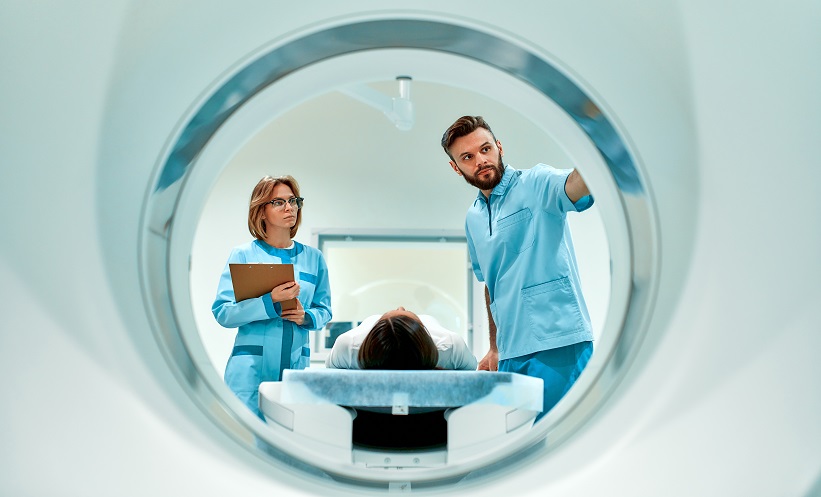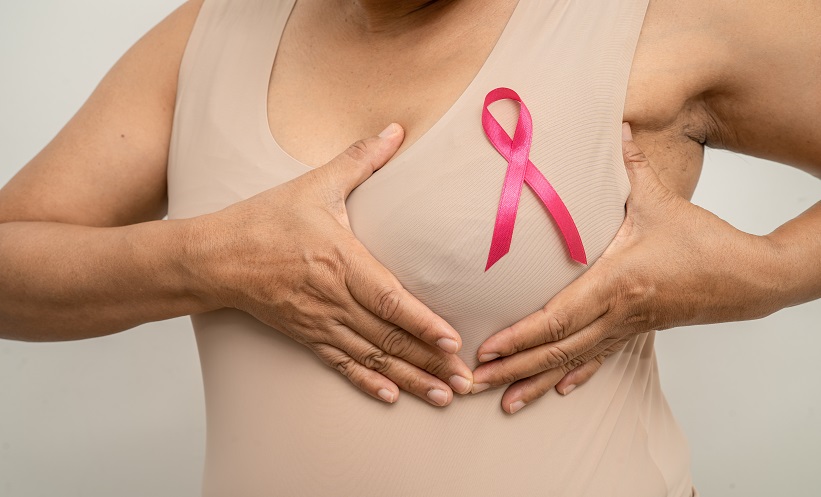CARDIOVASCULAR procedure volumes remain low after the COVID-19 pandemic in low-income countries, according to a new study. “Diagnostic procedures are imperative for the timely diagnosis and risk stratification of patients with suspected cardiovascular disease,” stated lead author Andrew Einstein, Columbia University Irving Medical Center, New York, USA. While the decline observed during the pandemic recovered in high-income countries, data suggests numbers are still down in facilities in lower-income countries
Einstein and colleagues analysed data from worldwide studies in 669 facilities in 107 countries to evaluate how the pandemic impacted diagnostic cardiovascular procedure volumes. Data from March 2019 (baseline), April 2020 (early pandemic period), and April 2021 (recovery period) were reported. At baseline, procedure volume per centre was higher in USA facilities compared with other countries (951 versus 222) and non-USA high-income countries (951 versus 300). In April 2020, there was a worldwide decrease in procedures of 64%, compared with March 2019. By 2021, the USA and other high-income countries reported volumes similar to baseline volumes; however, persistent and substantial declines were reported by low- and middle-income countries.
Einstein stated that the recovery in the USA may be linked to the availability of telemedicine services and policies, as they observed a two-fold greater use of telehealth services compared to non-USA high income countries. Einstein further stated: “Though further studies are needed to gauge the long-term impact of increased telehealth use on patient outcomes, studies have already shown that telehealth is associated with increased patient satisfaction, improved patient retention, and improved access to care for a wide range of patient populations and communities,” he said.
In order to address the excess morbidity and mortality from cardiovascular disease, Einstein recommended a multi-faceted approach, including improving healthcare worker training, improving access to cardiovascular care and resources for diagnosis and treatment, and increasing telehealth infrastructure.








